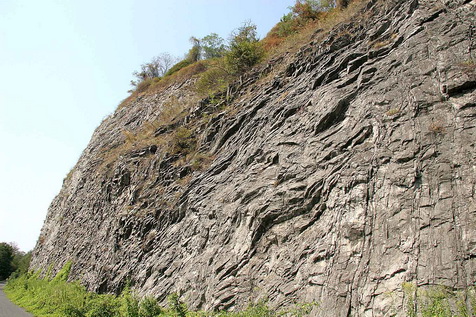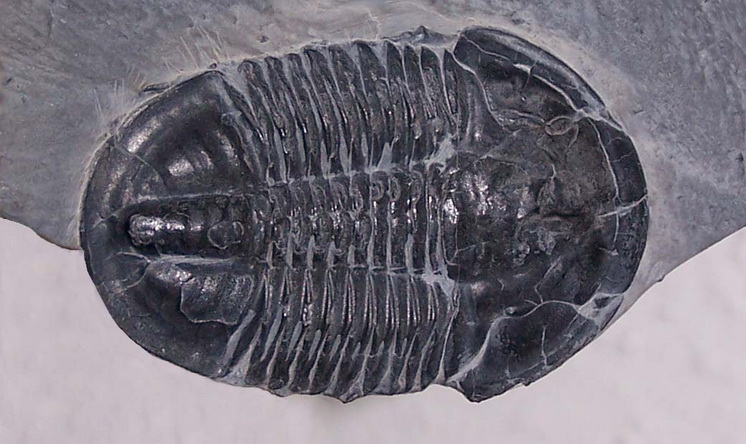Joachim Barrande – palaeontologist by soul and heart – Part Two

A Lifelong Passion
After the end of Prince Henry’s tutoring in 1834, he went back to his original job. Count Šternberk gave him the job to assess the possibility of construction of a horse railway in the valley of Berounka river, through the coal deposits at Radnice to Plzeň. This was never done for lack of financial means. But the work done by Barrande discovered very rich deposits of fossils. Barrande was aware of the basics of the issue from Sir Roderick Murchison’s work on the Silurian systems. He decided to study the Czech Silurian system and thus found the object of his scientific studies for the rest of his life. Apart from fossils he also studied the characteristics of rocks in which the fossils were found. In the 40s he travelled, mostly on foot, through Central Bohemia to map the area that was flooded by sea in the Palaeozoic Era. He focused on the area around Prague, in direction to Beroun, Rakovník or Příbram.

In his meticulously kept diaries he describes in detail the geological composition and states the newly found deposits. In his geological diaries, he describes geological profiles, makes sketches of uncovered deposits and describes certain fossil sites. He also writes about fossil collectors and about everybody that was somehow helpful or had some information on them. Barrande soon discovered that the Silurian rocks make up a great plateau between Prague and Beroun. They appear at the ground in almost vertical stripes in which the oldest are on the edges and the youngest in the centre of the plateau. He dedicated a lot of effort and money to get to the fossils. In more than 40 years he paid more half a million of franks for his collecting activities. The huge collecting pits were dug by groups of specialized rock miners. When he studies the trilobite Aulacopleura konincki, he had more than 6,000 whole pieces at disposal from the pits at Černidlo u Loděnic. To get enough pieces of the Sao Hirsuta trilobite he employed a group of 3 to 4 rock miners in Skryje.
Lifelong work
Barrande dedicated 44 years to the studying of older Czech Palaeozoic. During that time, he created his most important work “Systéme silurien du centre de la Bohem”, which made him one of the most important figures in the world of geology and palaeontology. It is the largest scientific work done by a single person. The first volume dedicated to trilobites was published in 1852. The whole first volume, the first volume of plates and a part of additions published in 1872, was dedicated to trilobites.

He diligently continued publishing further volumes until his death in 1833. Last finished volume of four parts published in 1881 was dedicated to Bivalvia. During his life, 22 parts altogether were published with 3577 species described. The whole work has more than 6000 pages of text and 1160 lithographical plates with perfect depictions of described specimen. Barrande’s work is based on facts as can be seen from the motto that is inscribed on every volume – “C’est ce que j’ ai vu” – “This is what I have seen”.
Source: www.lomyatezba.cz
